
eCommerce
Top-Selling Men’s Clothing in 2025
It’s almost impossible to run an online men's clothing boutique without doing research about which are the top-selling men's clothing....
How to Start a Dropshipping T-Shirt Business 101
Dropshipping

Out of all clothing articles, t-shirts are the most versatile and expressive apparel items, allowing us to feel comfortable as well as display our characters by conveying our feelings, promoting certain causes, showing support for organizations, and many more.
As a result, the t-shirt market has been booming uncontrollably, with people making purchases on a frequent basis and presenting preferences for online shopping.
Despite showing eternal interest in this item, customers will still carefully consider their place of purchase. So, why not that place be your dropshipping store?
Considered to be an extremely convenient eCommerce fulfillment method, the dropshipping business model allows you to satisfy your consumers’ t-shirt consumption without having to operate a physical inventory or manage the shipping process. In addition, you’d be offering enthusiastic shoppers access to fast and convenient online purchasing.
So, where do you start from, you wonder?
In this guide, we’ll share with you all the things to take into account when starting a dropshipping t-shirt business and teach you how to navigate the highly competitive t-shirt field and come out on the top.
Yes, dropshipping t-shirts can bring you plenty of income or help you earn extra money. We ground our opinion based on the facts that the dropshipping model requires minimal investment and the t-shirt industry has been showing persistent growth over the course of the past years.
To illustrate, the t-shirt segment of the fashion market is expected to reach over US$70 billion in the women’s segment and over US$44 billion in the men’s segment in 2023. This is enough proof of the niche’s profitability and a clear indicator of this clothing article’s high demand among shoppers.
The fact that you’ve chosen the clothing niche you’ll be focusing on doesn’t mean all the work is done. On the contrary, you must continue researching your dropshipping niche and find out ways you can get your dropshipping t-shirt business to outrank the competition.
There are a few things you can do to lay the groundwork for your niche:

Obtaining dropshipping suppliers with premium service needs to be a top priority. Anything less than that should be an automatic deal-breaker. Don’t rush into making a decision as there are many vendors to review.
While doing your investigations, these are the main questions to look answers for:
Your dropshipping t-shirt business storefront is a paramount part of your journey. It’s what customers will see first when visiting your site, meaning it needs to be built to perfection and help visitors make positive first impressions about your online store.
Our top recommendations for web-building platforms are the following:

There are a plethora of strategies you can incorporate into your marketing plan. It all depends on your personal preferences and what kind of actions you’re planning to take.
Overall, there are two approaches you can go with:
Location: Europe & US
Holding the title of one of the biggest B2B online marketplaces for dropshipping luxury fashion, BrandsGateway won’t disappoint you with its impeccable dropshipping service.

Main features:
Dropshipping packages: All-in-one dropshipping subscription packages provide customers with all of these features. The subscription price is based on the platform dropshippers choose which they can check out in the pricing plans section.
Return policy: 14-day return policy starting from the day the order has been received.
Shipping policy: Worldwide shipping with reliable carriers, such as DHL, within 1 to 7 business days.
Location: Canada
Known for its print-on-demand services, Printful also functions as a dropshipping supplier, offering customers both clothing and other types of products to dropship.
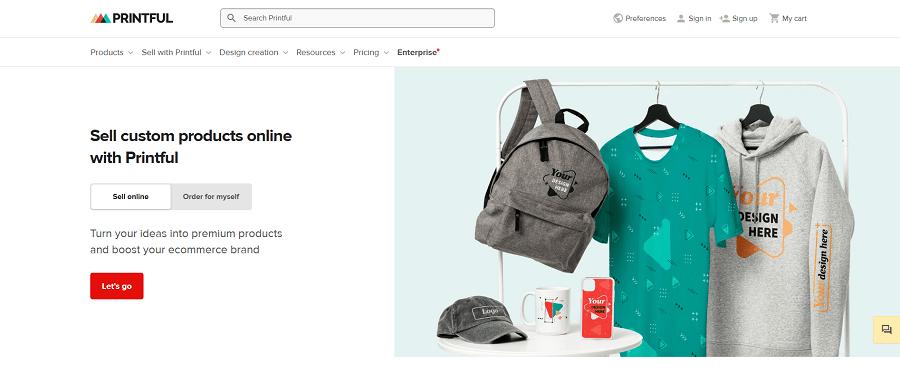
Main features:
Dropshipping packages: Three dropshipping plans are available with a monthly and annual subscription.
Return policy: 30-day return policy on all products.
Shipping policy: Their shipping times vary significantly based on the location.
Location: Italy
Situated in Italy, Buy2Bee is a fashion dropshipping supplier with warehouses in Milan and Los Angeles.

Main features:
Dropshipping packages: They don’t disclose their dropshipping plans on their website, so you’ll need to contact them for further information.
Return policy: Return requests are available within 30 days of order delivery.
Shipping policy: Delivery times vary anywhere from 2 to 6 working days.
Location: UK
Style Centre is a supplier offering both dropshipping and wholesale services with a warehouse located in Dundee, Scotland.
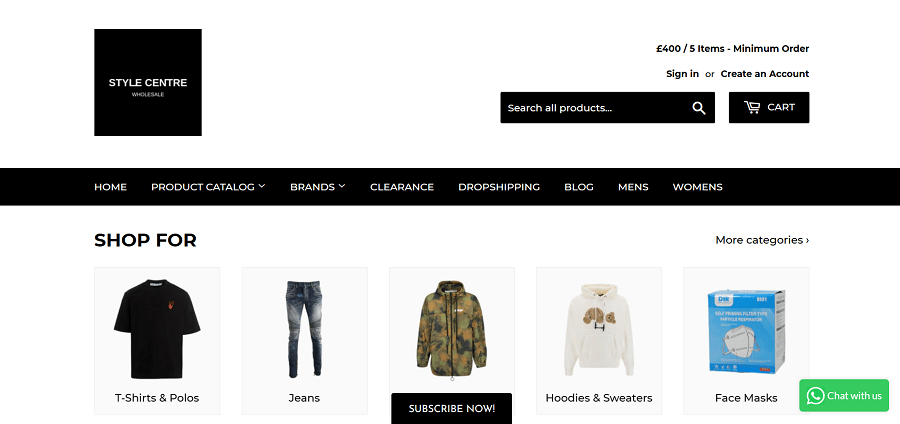
Main features:
Dropshipping packages: To learn about their pricing plans, customers are required to fill out a dropshipping form on their website and will be contacted.
Return policy: No specified return policy.
Shipping policy: Their delivery service is limited to the UK and Europe with shipping times of 2-6 days outside the UK and next-day delivery within the UK.
Location: USA
Specializing in street fashion for women, ModeShe is a dropshipping company selling clothing articles for women between 18 and 35.
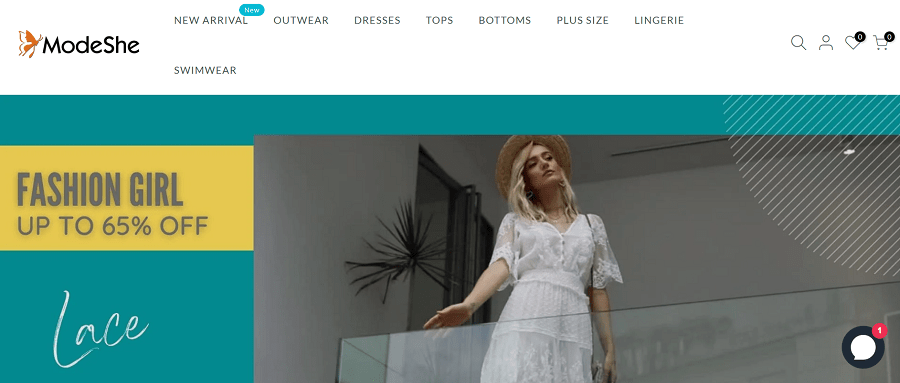
Main features:
Dropshipping packages: To get more details about their dropshipping packages, you first need to register for their dropshipping program via their website.
Return policy: They do offer a return policy but it’s not specified how long customers have to ask for a return.
Shipping policy: Shipping times can be quite long, taking anywhere from 6 to 15 days.
Location: Italy
Magliettopoli is an Italian supplier that dropships and manufactures customized items including t-shirts.
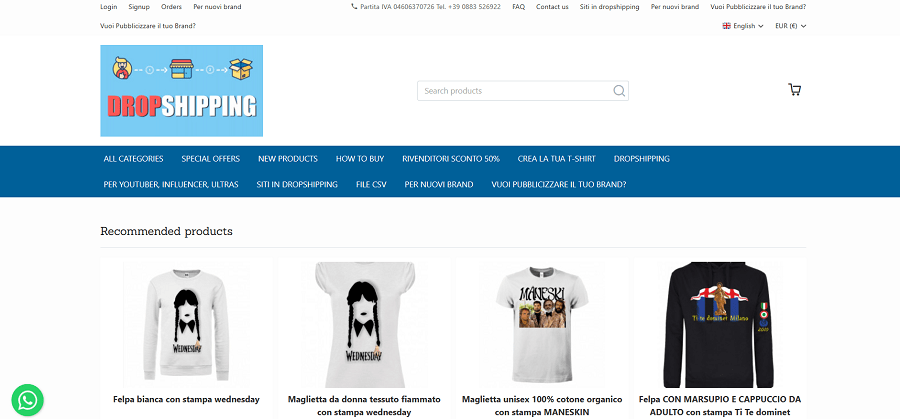
Main features:
Dropshipping packages: To get informed about their dropshipping service, you can contact them via the email and phone number displayed on their website.
Return policy: Their website lacks info about their return policy.
Shipping policy: The shipping policy is also unclear, so it’s best to request information directly from this supplier.
Location: Canada
Art of Where is a Canadian dropshipping supplier that produces all items in Montreal and ships its products worldwide.
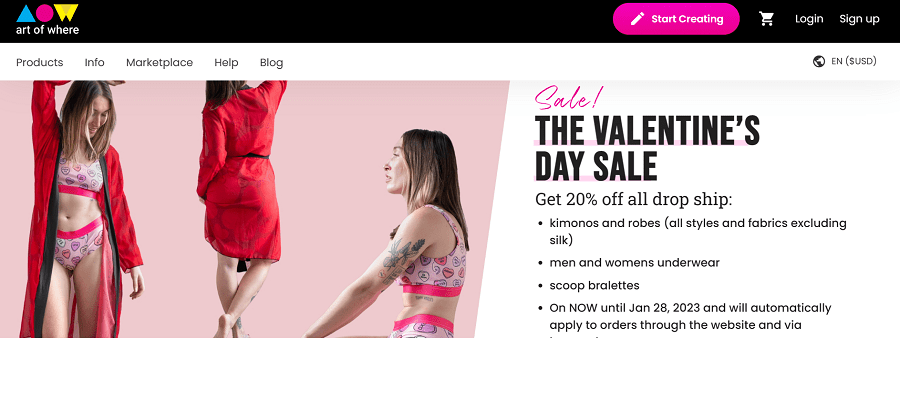
Main features:
Dropshipping packages: Get in touch with this supplier to find out more about their dropshipping prices.
Return policy: The supplier must be contacted within 10 days for Canadian and US shipments and 15 days for international deliveries.
Shipping policy: Shipping can last 2-6 days for US packages, 2-13 days for Canada, and up to 10-30 days for international orders.
Location: Italy
B2B Kids Fashion is another Italian supplier featuring mainly children’s clothing and accessories.
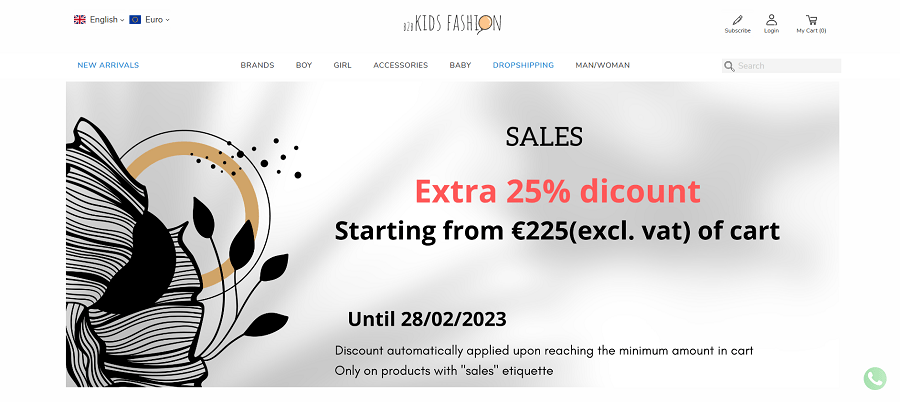
Main features:
Dropshipping packages: Two dropshipping plans with a monthly and yearly subscription.
Return policy: Returns can be done within 7 days of order arrival.
Shipping policy: With express shipping orders are delivered within 48 hours, while with regular delivery, packages are expected to arrive within 2 -7 working days.
Location: USA
In business since 2014, FashionTIY has been functioning as a vendor for both wholesalers and dropshippers, sourcing them with clothes and accessories as well as bridal apparel, home appliances, office products, and outdoor wear.

Main features:
Dropshipping packages: They don’t display their dropshipping packages on their website.
Return policy: Their return service isn’t explained in much detail.
Shipping policy: The processing time takes 3-6 working days and up to 10 days during the busy seasons with shipping times varying significantly depending on the carrier.
If you’re eager to dive into the entrepreneurial waters, then selling t-shirts online is a spectacular way to test out those waters. But don’t forget that starting a dropshipping t-shirt business is a decision that needs to be well thought out before jumping straight into it. Worries aside, with this starter’s article on launching such a business and our guide on starting an online boutique from scratch, you’ll be well prepared to get your t-shirt store online.
Yes, selling t-shirts is most certainly a business idea worth considering. Regardless if you choose to do full-time or only as a side hustle, when done properly, a t-shirt business can contribute to your finances significantly.
A dropshipping t-shirt business refers to selling t-shirts without having to keep a physical inventory or being responsible to deliver orders to your customers. Instead, your dropshipping supplier takes care of that, your only job is to manage your online store.
Selling t-shirts with the dropshipping method involves the following steps:
What is dropshipping?